A business’ sales pipeline is more than a list of potential deals – it’s the lifeblood of its revenue engine. However, many organisations struggle with unhealthy, unreliable, and inflated pipelines that lead to missed targets, inaccurate forecasting, and wasted resources.
According to James Barton, Chief Solutions Officer, there are five steps organisations can take to help create clean, healthy, and sufficient sales pipelines.
Focus on meaningful opportunities – not just more of them
In the face of mounting pressure to meet targets, many businesses adopt a “more is better” mindset when it comes to pipeline management. This can result in bloated pipelines filled with poorly qualified or dead-end opportunities that drain time and resources. Sales professionals end up stretched thin, chasing deals that are unlikely to close, while the pipeline becomes harder to manage and forecast from.
There needs to be a shift in mindset – from chasing volume to prioritising value. It’s not about the number of deals in the pipeline, but about how many of those deals are qualified, likely to close, and aligned to the business’ ideal customer profile. Sales leaders should embed rigorous qualification criteria at the point of entry into the pipeline, enabling sellers to work smarter, not harder, and increase conversion rates.
Benchmark every stage of the pipeline
Just as not all sales pipelines are created equal, neither are the stages within them. Each stage in the sales process requires different actions, conversations, and signals of buyer intent. Without clear benchmarks, deals can stagnate or move forward prematurely, creating a false sense of momentum and undermining reporting accuracy.
Identifying and implementing stage-specific benchmarks that define what “read to progress” really means will ensure sales leaders can ensure consistency in deal progression, avoid inflated pipelines, and give their teams the clarity they need to move opportunities forward.
Elevate the role of sales enablement
Sales enablement should be seen as a revenue growth driver, not an optional extra. In turbulent markets, the temptation is often to cut back on training or onboarding, but the cost of not training your people can far outweigh the short-term savings. Without the right skills and processes, even the best sales technology can’t deliver its full potential.
It’s important that sellers are enabled with the right blend of training, process alignment, and tools. A well-enabled sales team performs with greater consistency and confidence, which helps shorten sales cycles and improve win rates. By embedding a culture of continuous learning and equipping sellers with the correct tools, organisations can create a high-performing sales function that scales.
Embed early-warning systems to flag pipeline risk
Many organisations only realise there is a problem with the sales pipeline when it’s too late to fix it. In fast-paced and dynamic sales environments, spotting any risks early can make a big difference between making and missing the number. However, traditional sales forecasting models often rely on gut feeling or lagging indicators like win/loss data, which do not provide enough visibility into the current health of the pipeline.
With advancements in technologies like AI and machine learning, sales teams now can use early-warning systems that proactively flag any risks to the pipeline. These tools can be integrated into CRM systems and dashboards to help support smarter decision-making and better forecasting. By analysing engagement levels, deal velocity, and buyer behaviour, these tools can help sales leaders identify where a deal is stalling and intervene accordingly.
Connect pipeline health to forecast accuracy
According to research by Xactly, 50% of revenue leaders missed their forecast at least twice last year. Poor health of the pipeline is often at the root of this issue, with deals either overestimated in value or inaccurately staged. Without clean, healthy, and sufficient pipeline data, forecasts become guesswork.
Sales leaders must focus on the quality, not size, of their pipeline as this can significantly improve forecast accuracy. With a structured approach to pipeline cleanliness, qualification, and coverage ratios, revenue leaders can make more confident predictions and allocate resources more effectively. In fact, organisations that maintain accurate pipelines see up to 28% improvements in forecasting accuracy and greater confidence in their business planning.
www.mentorgroup.com







